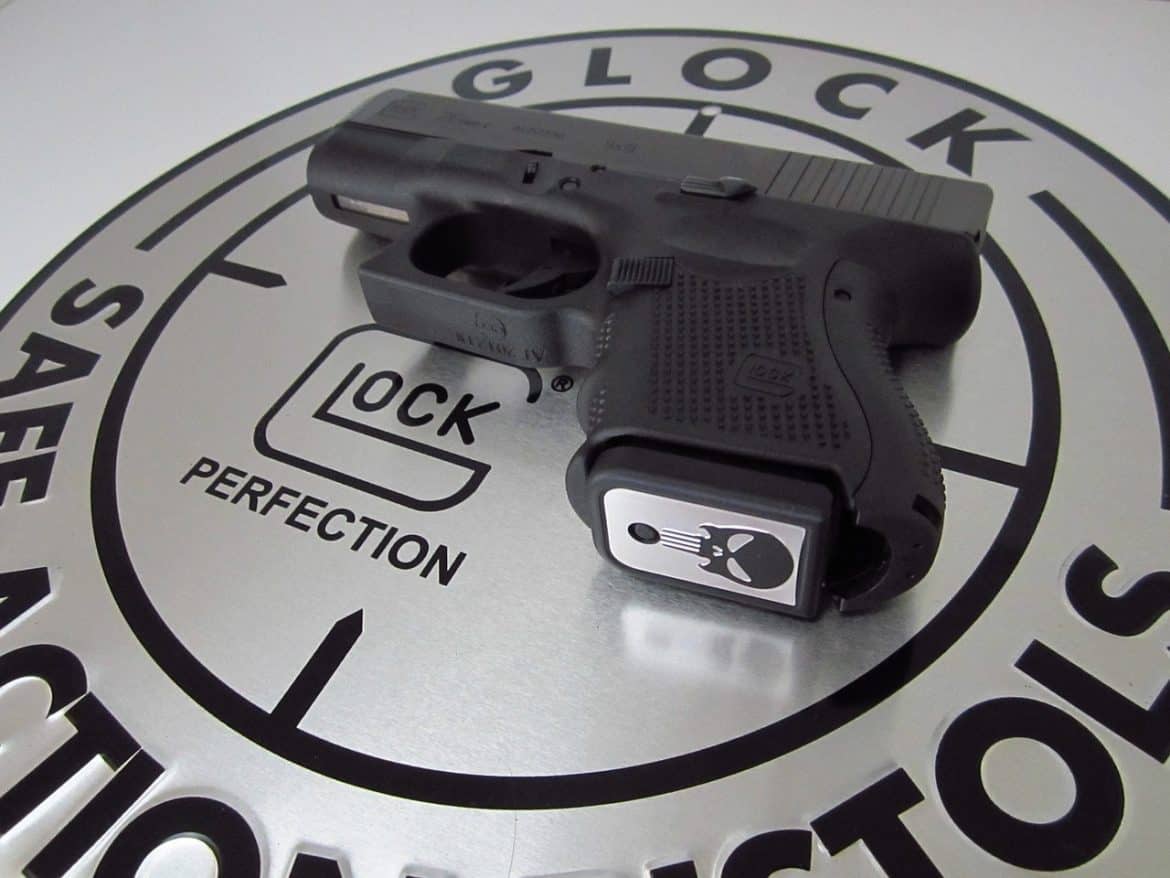Great Food Made Simple Here’s the breakthrough one-stop cooking reference for today’s generation of cooks! Nationally known cooking authority Mark Bittman shows you how to prepare great food for all occasions using simple techniques, fresh ingredients, and basic kitchen equipment. Just as important, How to Cook Everything takes a relaxed, straightforward approach to cooking, so […]
Year: 2016
Canned Bologna Review
Canned Bologna is something that I saw on a Facebook video and thought “no, it can’t be” and then forgot about it until I was coming back from the land and had an impulse to run into the dollar tree and see if such a thing really existed. Once I got it home I […]
Kiln Construction
Kiln Construction can be a daunting prospect, with the potential for numerous missteps along the way. This book aims to give confidence to those who seek to build their own kilns. Kiln Construction is a user-friendly guide that offers a thorough grounding in the basics of construction and also in-depth examinations of three kiln types—gas, […]
One Minute Glock Cleaning
It’s not the purpose of this article to show you to how to clean your Glock in under a minute. Rather it is to demonstrate that cleaning your pistol does not have to be a drawn out affair, and that in some cases (like lubrication) a little is better than a lot. You will need […]
Tool Roll and Pack Review
Today I am going to talk about my solution for equipment organization. I use a tool pack and organize my tools into specific a tool roll for each type of tool When trying to build a farm that is over an hour away from your home, being able to quickly grab the tools you need […]





